Overview
Singu Chuli Peak Climbing adventure takes you to the Annapurna amphitheater. Singu Chuli is a beautiful peak that stands at the elevation of 6,501 meters above sea level. It is also one of the most difficult peaks to climb in Nepal. Singu Chuli Peak Climb requires some climbing skills. The climbing gets more technical on this peak as you reach towards the Singu Chuli Summit Climb. Explore the exhilarating Singu Chuli Climbing Packages for an unforgettable adventure in the heart of the Himalayas.
In addition to the climbing, you can also enjoy the beautiful climbing adventure of the Annapurna Sanctuary Trek. The trek goes through a beautiful river gorge towards the base camp. The trail goes up along the Modi Khola valley towards Singu Chuli via Machhapuchhre base camp and Annapurna base camp. As you trek through the beautiful surroundings, you can enjoy a beautiful view of the mountains and nature.
What you see during the Singu Chuli Peak Climbing Adventure
The Singu Chuli Climbing Adventure brings you the wonderful trekking experience through a beautiful trail in the Annapurna. You will traverse one of the most popular Singu Chuli Peak Trekking trails in Nepal. Beautiful natural surroundings, as you trek up towards the base camp, will offer you peaceful time in the mountains.
Once you reach the base camp and head towards Singu Chuli for climbing, you will find yourself amidst beautiful mountains. During Singu Chuli Peak Trekking, snow-capped mountains will be in your surroundings and you can enjoy the surreal view. Once the Singu Chuli Peak Climb starts, you will enjoy the Singu Chuli adventure although it can be a bit challenging and technical.
Reasons this trip becomes an Experience
Nepal Climbing Adventure always strives to offer an adventure traveling experience that you can cherish. While the Singu Chuli Peak Climbing Adventure is beautiful in its all essence, your experience of trekking there becomes even more beautiful with us.
By the time we take you to the base camp and bring you back, we take one step ahead to offer you a beautiful experience. While Climbing Singu Chuli Peak, your safety and happiness is our top priority and you will experience the same during the trip.
Trekking and climbing Singu Chuli adventure with us is traveling in safe hands.
Highlights:
- Stunning panoramas of Annapurna, Hiunchuli, and Machapuchare (Fishtail) peaks.
- Beautiful trails through rhododendron forests, terraced fields, and traditional Gurung villages.
- Trekking through the Annapurna Sanctuary with its unique flora and fauna.
- Camping at the base of Singu Chuli, with its awe-inspiring surroundings.
- Challenging technical climbing sections offering an exhilarating experience for mountaineers.
- Immersion in the rich culture of local ethnic communities.
- Mesmerizing sunrise and sunset views over the Annapurna and Dhaulagiri ranges.
- Potential sightings of wildlife like Himalayan Thar, Snow Leopard, and various bird species.
- Traversing beautiful glaciers and snowfields.
- The thrill and sense of achievement from reaching the Singu Chuli Summit Climb (6,501 meters).
Best Time for Singu Chuli Peak Climbing
- Spring Season (March to May):
Spring offers stable and favorable weather with clear skies and minimal rain. The temperatures are moderate, making it comfortable for both climbing and Singu Chuli Peak Trekking. The scenery is enhanced by vibrant rhododendron blooms and lush greenery. The crowd levels are moderate, so you’ll encounter a good number of climbers and trekkers, creating a social atmosphere. The advantages of Singu Chuli Peak Climb during spring include optimal conditions, beautiful landscapes, and manageable temperatures.
- Autumn Season (September to November):
Autumn provides clear and stable weather with excellent visibility. Climbing Singu Chuli Peak in the Autumn Season is best as temperatures are cool, perfect for climbing without extreme cold. Post-monsoon, the landscapes are clean and fresh, offering stunning mountain views. Crowd levels are high, making the trails and lodges busy as it is the peak Singu Chuli Peak Climbing Season. The advantages of Climbing Singu Chuli Peak in the Autumn Season include the best weather conditions, clear skies, and breathtaking vistas of the mountains.
- Winter Season (December to February):
Winter brings cold weather with the potential for heavy snowfall and extreme conditions. Climbing Singu Chuli Peak during this time temperatures are very low, making climbing challenging and requiring specialized Singu Chuli climb gear. Snow-covered landscapes offer a unique and serene experience. Crowd levels are low, with fewer climbers and trekkers, providing a more solitary atmosphere. The advantages of Singu Chuli Peak Climb in winter include peaceful and quiet trails, though the cold and snow make climbing more difficult.
- Monsoon Season (June to August):
Monsoon season has high humidity, heavy rainfall, and poor visibility. Climbing Singu Chuli Peak during this time temperatures are warm, but frequent rain makes the trails slippery and hazardous. The scenery is lush and green, though clouds often obscure mountain views. Crowd levels are very low, as few climbers attempt peaks during this time. The advantages include minimal crowds and the chance to experience a lush, green environment, but challenging weather conditions can make climbing dangerous.
How Difficult is Singu Chuli Peak?
Singu Chuli Peak, also known as Fluted Peak, is one of the most challenging climbing peaks in Nepal. It stands at 6,501 meters (21,329 feet) in the Annapurna region. Climbing Singu Chuli is not for beginners. It requires advanced mountaineering skills and experience. Climbing Singu Chuli Peak is technically demanding. Climbers face steep ice and snow slopes. There are also rock sections that need to be climbed. The final part of the Singu Chuli Peak Climb involves a steep ridge, which is very exposed. This makes the climb risky and requires careful planning and execution. A good level of physical fitness is essential.
Acclimatization is crucial for this Climb Singu Chuli Peak. The high altitude can cause altitude sickness. Therefore, climbers need to spend several days acclimatizing at lower altitudes before attempting the summit. This helps the body adjust to the thin air and reduces the risk of serious health issues. While Climbing Singu Chuli Peak, weather conditions can also be very challenging. The weather in the high mountains is unpredictable. Strong winds, heavy snowfall, and sudden storms are common. Climbers need to be prepared for these conditions and have the right Singu Chuli climb gear and clothing to stay safe. The Climb Singu Chuli Peak involves long days of hiking and climbing, often with heavy backpacks.
Climbers need to be in good shape to handle the physical demands of the Singu Chuli expedition. Proper preparation and planning are key to a successful Climb Singu Chuli Peak. This includes training, getting the right gear, and having a clear plan for acclimatization and the climb itself. Hiring an experienced guide or joining a guided Singu Chuli expedition can greatly increase the chances of success and safety. Singu Chuli Peak is a tough and demanding climb. It requires technical climbing skills, good physical fitness, and careful preparation. For those with the experience and determination, reaching the summit of Singu Chuli Peak climb is a rewarding achievement.
Cost:
1. Permit Fees
- Annapurna Conservation Area Permit (ACAP): USD 30 per person
- TIMS Card (Trekkers' Information Management System): USD 20 per person
2.Climbing Permit for Singu Chuli:
- Spring Season (March to May): USD 400 per person
- Autumn Season (September to November): USD 200 per person
- Winter (December to February) and Summer (June to August): USD 100 per person
Trekking and Climbing Equipment
- Rental Gear (if required): USD 300 - 500 per person (including climbing boots, crampons, ice axe, harness, helmet, etc.)
- Personal Gear: Varies (depending on quality and brand, USD 500 - 1,000)
3. Guide and Porter Fees
- Climbing Guide: USD 30 - 40 per day
- Trekking Guide: USD 25 - 30 per day
- Porter: USD 15 - 20 per day
- Total Guide and Porter Cost for 20 days:
- Climbing Guide: USD 600 - 800
- Trekking Guide: USD 500 - 600
- Porter: USD 300 - 400
4. Accommodation and Food
- Tea House Accommodation: USD 5 - 10 per night (during the trek)
- Camping Cost (including food and equipment): USD 30 - 40 per night
- Meals: USD 20 - 30 per day
- Total Accommodation and Food for 20 days: USD 500 - 700
5. Transportation
- Kathmandu to Pokhara (flight): USD 100 - 150 per person (one way)
- Pokhara to Nayapul (by private vehicle): USD 70 - 100
- Total Transportation Cost: USD 350 - 500
6. Insurance
- Climbing Insurance: USD 150 - 200 per person (for 30 days)
7. Miscellaneous Expenses
- Visa Fee: USD 50 for a 30-day visa
- Tips for Guides and Porters: USD 100 - 200
- Personal Expenses: USD 200 - 300 (for souvenirs, extra snacks, etc.)
This cost estimation covers all essential aspects of the Singu Chuli Peak climbing expedition. Prices can vary based on individual preferences, changes in market rates, and the choice of trekking agencies. Always ensure to verify and confirm current prices before planning your Singu Chuli Peak Expedition.
Outline Itinerary:
Day 01: Arrival in Kathmandu (1400m)
Day 02: Kathmandu – Pokhara (900m)
Day 03: Pokhara – Nayapul – Ulleri (2050m) 1.5 Hrs Drive/6 Hrs. Trek
Day 04: Ulleri – Ghorepani (2875m) 5 Hrs. Trek
Day 05: Ghorepani – Poon Hill (3210m) – Tadapani (2625m) 7 Hrs. Trek
Day 06: Tadapani – Chhomrong (2170m) 6 Hrs Trek
Day 07: Chhomrong – Dovan (2,670m) 6 Hrs Trek
Day 08: Dovan – MBC (3700m) 6 Hrs Trek
Day 09: MBC – Annapurna Base Camp (4130m) 3 Hrs Trek
Day 10: Rest at Annapurna Base Camp
Day 11: ABC – Singu Chuli Base Camp (4,200m)
Day 12: Base Camp – High Camp (4,920m)
Day 13: High Camp – Camp I (5,600m)
Day 14: Camp I – Summit Day (6,501m) – Base Camp
Day 15: Contingency Day
Day 16: Singu Chuli Base Camp – Machhapuchhre Base Camp
Day 17: Machhapuchhre Base Camp – Bamboo (2310m) 5 Hrs Trek
Day 18: Bamboo – Jhinu Danda (1750m) 5 Hrs Trek
Day 19: Jhinu Danda – Nayapul – Pokhara 5 Hrs Trek / 1.5 Hrs Drive
Day 20: Pokhara – Kathmandu
Day 21: Departure Day
Accommodations and Food During the Singu Chuli Peak Climb and Trek
- Accommodation:
Accommodations during the Singu Chuli Climb and Trek vary depending on the location. In the lower regions, trekkers can stay in teahouses. These teahouses offer basic rooms with twin beds. Some may have shared bathrooms and limited hot water. Teahouses also provide common areas for dining and relaxation. As you ascend higher, accommodations become more basic. In higher altitudes, teahouses might have fewer amenities. The rooms are still simple, often with shared bathrooms. It’s common to have no hot water in these areas. In the base camps and higher camps, trekkers usually stay in tents. During the Singu Chuli Climb, tents are set up by the Singu Chuli expedition team. These tents are sturdy and provide protection against the elements. Inside the tents, there are sleeping bags and mats. The Singu Chuli Peak Expedition team ensures the tents are warm and comfortable. Accommodations during the trek are basic but sufficient. Trekkers should be prepared for simple living conditions. Bringing a warm sleeping bag is recommended. It’s also good to have a sleeping mat for extra comfort.
- Food:
Food during the Singu Chuli Climb and Trek is nutritious and designed to keep trekkers energized. In teahouses, meals are typically Nepali, Tibetan, and Western dishes. Dal Bhat is a popular option, consisting of rice, lentils, and vegetables. It’s filling and provides good nutrition. Other common dishes include noodles, soups, and momos (dumplings). Breakfast often includes items like pancakes, porridge, and eggs. There is also tea and coffee available. The food in teahouses is simple but hearty. As you go higher, the food options become more limited. In higher camps, the Singu Chuli Peak Expedition team prepares meals. These meals are often instant foods like noodles and soups. The team also provides high-energy snacks, such as chocolate and nuts. These snacks help maintain energy levels during the Singu Chuli Climb. Hydration is crucial, so trekkers should drink plenty of water. It’s important to use water purification tablets or a filter. This ensures the water is safe to drink. The food provided during the trek is designed to keep trekkers strong and healthy. It’s important to eat well and stay hydrated throughout the journey.
What is included?
- All types of organizational requirements
- All trekking and climbing paper works and Singu Chuli climb permits
- All airport and hotel transfers
- Welcome and farewell dinner
- Accommodation and meals during the Singu Chuli Peak Expedition
- Government and local taxes
- Reference notes to plan your Singu Chuli Peak Climbing Trip
- An experienced English speaking climbing Guide, assistant climbing guide, Sherpa porters.
- A comprehensive medical kit
- Facilities of Email and satellite phones in base camp
- Necessary oxygen bottles
What is not included?
- Nepal Visa fee(bring small denomination cash USD and two passport photographs)
- International airfare
- Excess baggage charges
- Extra night accommodation apart from the schedule due to any reasons
- Lunch and evening meals in case of early return than the scheduled Singu Chuli Climbing Itinerary
- Travel and rescue insurance
There are a number of things that you need to keep in mind if you ever plan for your vacation. Because you want to make the most out of your limited time, it is truly a hectic job for you to find a trustworthy and experienced traveling companion. With Nepal Climbing, you have your problem solved already as we are one of the leading Trekking and Mountaineering organizations in Nepal and have been providing first class service in several travelling packages across the country for many years.
We prioritize your satisfaction and safety
At Nepal Climbing Adventure, our ultimate objective is to arrange the programs for you to make the most out of your valuable time. We value your satisfaction, adventure, amusement and safety. Regardless of whether you are searching for stunning perspectives along the trekking trails in Himalayan mountain range or widely acclaimed, heavenly attractions with developed societies, our exposure and experience in travel business will help you ensure your requirements are met.
We have professional staffs and service
We trust that extraordinary staff lead awesome administration. That is the reason we are collaborated with experienced and eager individuals. We possess authorized and government certified guides who are very much furnished with broad learning of Nepali communities and traditions. They additionally have familiar English speaking abilities and hierarchical capacities to encourage all types trekking groups.
Responsible Tourism and social values
We are endeavoring to lessen the effect of tourism by guaranteeing our staff are very much aware of ecological issues. We are doing our best to create less waste as could be expected under the circumstances and make a point to reclaim non-compostable wastes. We outline our itineraries and work in the field guided by the standards of ecotourism and reasonable tourism. Moreover, all our staff have been given ecological preparing and are extremely aware to the eco-system we enter. Additionally, we are adhering to sustainable assets of energy. Our guides will share you the social values, culture and religious harmony for better understanding the groups you visit.
Customizable Service
Our promise is to provide you with the travelling packages customizable according to your demand fulfilling your budget criteria. So, we can facilitate a minimum of 2 individuals with a personalized service at a reasonable cost.
Online Payment
Or
WIRE TRANSFER
Bank Details:
Account Holder's Name: Nepal Climbing Adventure Pvt. Ltd.
Bank Name: Himalayan Bank Ltd.
Account Number: 01907449340018
Account Type: USD
Address: Thamel, Kathmandu, Nepal
SWIFT CODE: HIMANPKA
For more detail contact us:
Krishna Subedi (Chris Chhetri): +977 9851076791 (24/7, Call/Viber/Watsapp)
We recommend our guests have a valid insurance policy before undertaking an adventure in Nepal Himalaya. During treks and expeditions, the insurance should cover for expenses such as air ambulance, helicopter rescue, and medical care. As an adventure operator, we (NCA), are not permitted to arrange or sell insurance packages here in Nepal as per the Government of Nepal.
Packing List:
Here's a list of Singu Chuli trekking gears and equipments needed for climbing the Peak:
Footwear:
- Trekking Boots: Sturdy, waterproof, and insulated.
- Gaiters: To keep snow and debris out of boots.
Clothing:
- Base Layers: Moisture-wicking thermal tops and bottoms.
- Insulating Layers: Fleece or down jacket for warmth.
- Outer Layers: Waterproof and windproof jacket and pants.
- Gloves: Waterproof and insulated.
- Hat and Beanie: For warmth and sun protection.
- Sunglasses: UV protection for high-altitude sun.
Technical Climbing Gear:
- Crampons: For traction on ice and snow.
- Ice Axe: For self-arrest and stability on icy terrain.
- Harness: For safety and securing Singu Chuli climb gear.
- Carabiners: For climbing and securing ropes.
- Ropes: If required for specific climbing sections.
Camping Gear:
- Tent: Lightweight and suitable for high-altitude conditions.
- Sleeping Bag: Insulated for cold temperatures.
- Sleeping Pad: For added insulation and comfort.
- Stove and Fuel: For cooking meals.
Safety and Navigation:
- Headlamp: With extra batteries.
- First Aid Kit: For minor injuries and emergencies.
- Map and Compass: For navigation, or GPS device.
- Personal Locator Beacon (PLB): For emergency situations.
Other Essentials:
- Backpack: Comfortable and with adequate capacity.
- Trekking Poles: To aid in balance and reduce strain.
- Water Bottle: Insulated to prevent freezing.
- Snacks: High-energy food for the trek.
Personal Items:
- Sunscreen: High SPF for sun protection.
- Lip Balm: For protection against chapping.
- Toiletries: Basic hygiene items.
Frequently Asked Questions (FAQ’s)
1. How difficult is Singu Chuli Peak climb?
Singu Chuli Peak, also known as Fluted Peak, presents a challenging climb suitable for experienced mountaineers. The technical difficulty includes steep ice and rock sections requiring advanced climbing skills and familiarity with the use of ropes and crampons. Its remote location in the Annapurna region adds to the logistical challenges, making it a demanding but rewarding Singu Chuli Peak Ascent for those well-prepared.
2. How long does it take to climb Singu Chuli Peak?
Climbing Singu Chuli Peak typically takes about 20 to 25 days, including trekking to and from the base camp, acclimatization, and summit attempts. This duration allows for proper acclimatization and preparation, ensuring climbers can safely handle the technical and physical demands of the Singu Chuli Peak Ascent.
3. Is Singu Chuli Peak worth it?
Yes, Climbing Singu Chuli Peak is worth it for experienced mountaineers seeking a challenging and rewarding adventure. The peak offers stunning panoramic views of the Annapurna and Dhaulagiri ranges, and the journey through diverse landscapes adds to the overall experience. The sense of accomplishment from summiting this technically demanding peak is unparalleled.
4. Can I climb Singu Chuli Peak without a guide?
Climbing Singu Chuli Peak without a guide is not recommended due to its technical difficulty and remote location. The peak requires advanced mountaineering skills, familiarity with the route, and proper safety measures, all of which a professional guide can provide. Having a guide enhances safety and significantly increases the chances of a successful summit.
5. Can a beginner climb the Singu Chuli Peak?
Singu Chuli Peak is not suitable for beginners due to its technical difficulty and demanding climbing conditions. It requires advanced mountaineering skills, including experience with ice and rock climbing, and a high level of physical fitness. Beginners should gain experience on less challenging peaks before attempting Singu Chuli.
6. Can you see the views from the Singu Chuli summit?
Yes, the summit of Singu Chuli Peak offers breathtaking views of the Annapurna and Dhaulagiri ranges. Climbers can enjoy a panoramic vista of towering peaks and surrounding snow-capped landscapes, making the challenging ascent worthwhile for its stunning vistas.
7. Which season is best for Singu Chuli Peak?
The best seasons to climb Singu Chuli Peak are pre-monsoon (spring) and post-monsoon (autumn). During these periods, the weather is generally stable with clear skies and less snowfall, providing optimal conditions for climbing and trekking.
8. Are permits required for climbing Singu Chuli Peak?
Yes, permits are required for climbing Singu Chuli Peak. Climbers need to obtain an Annapurna Conservation Area Permit (ACAP) and a peak climbing permit from the Nepal Mountaineering Association (NMA). These permits ensure regulated access and help support conservation efforts in the region.
9. Is Travel Insurance required for climbing Singu Chuli Peak?
Yes, travel insurance is strongly recommended for climbing Singu Chuli Peak. It should cover high-altitude mountaineering, medical evacuation, and potential trip cancellations, ensuring safety and financial protection in case of emergencies.
10. How much does it cost to climb the Singu Chuli Peak?
The cost to climb Singu Chuli Peak typically ranges from $4,000 to $6,000 per person. This includes permits, guide fees, porters, equipment, and other logistical expenses. Prices can vary based on the level of service and support provided.
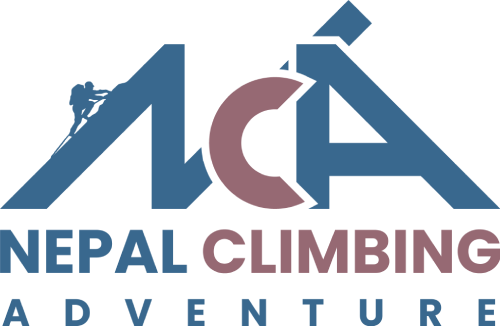
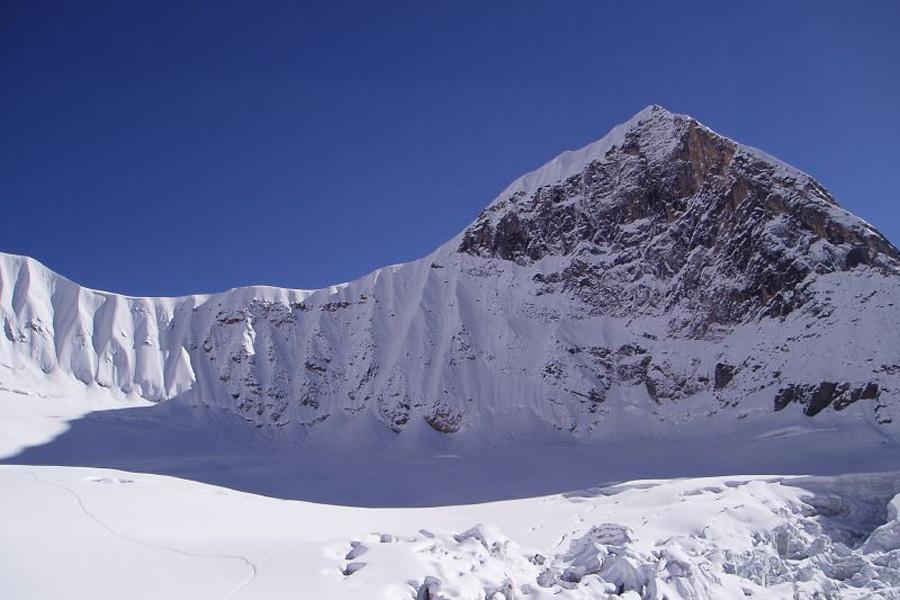
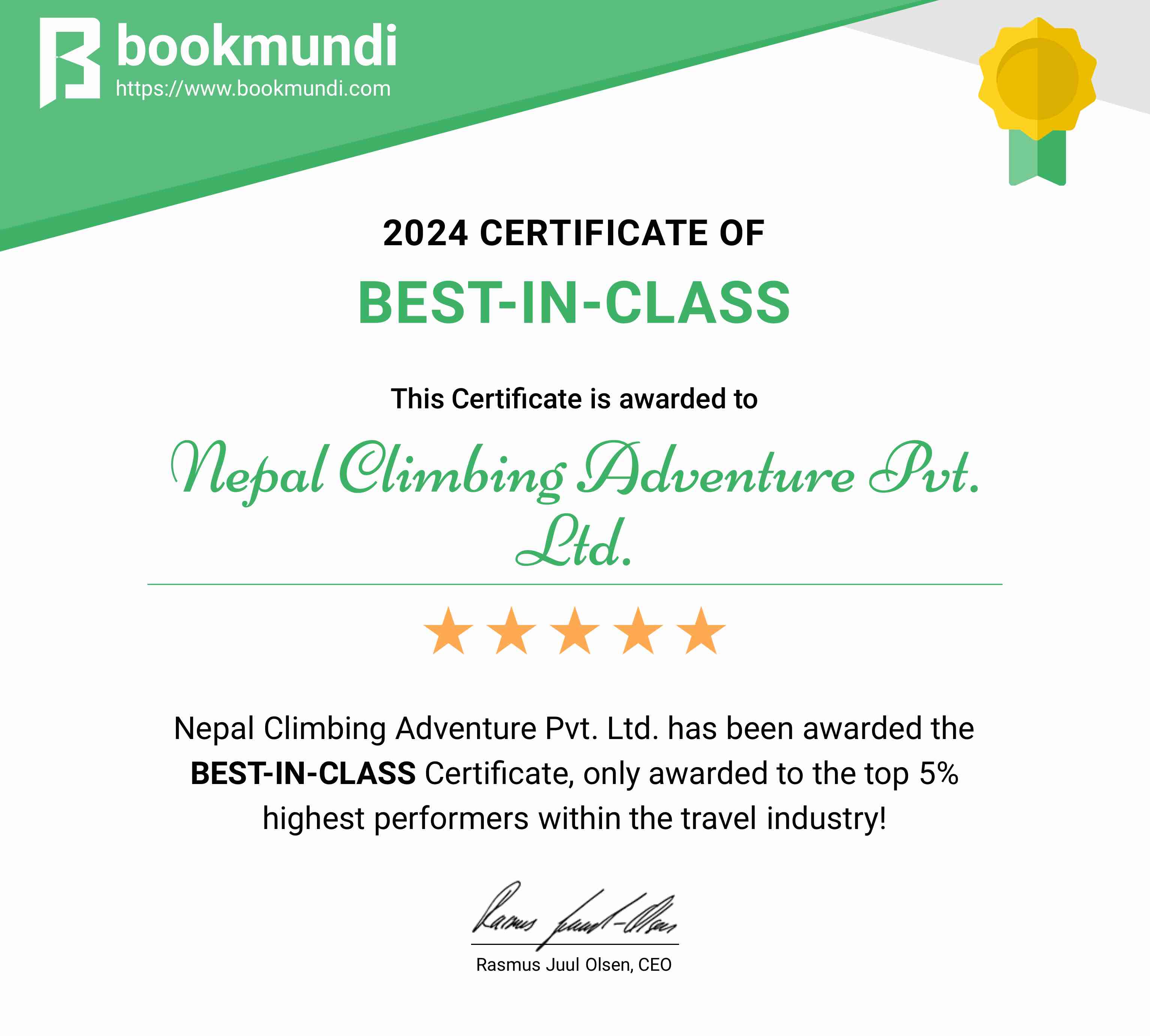

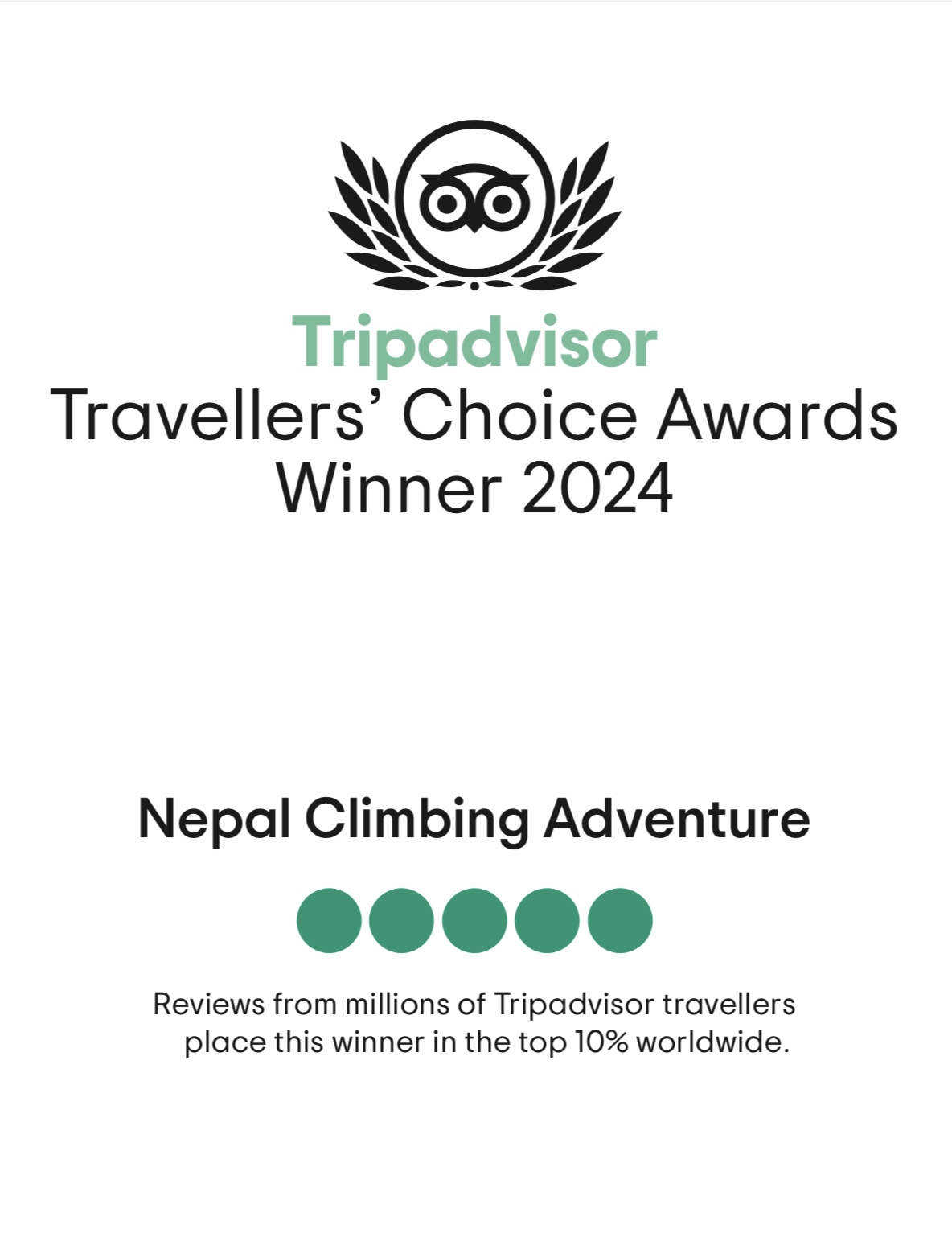
















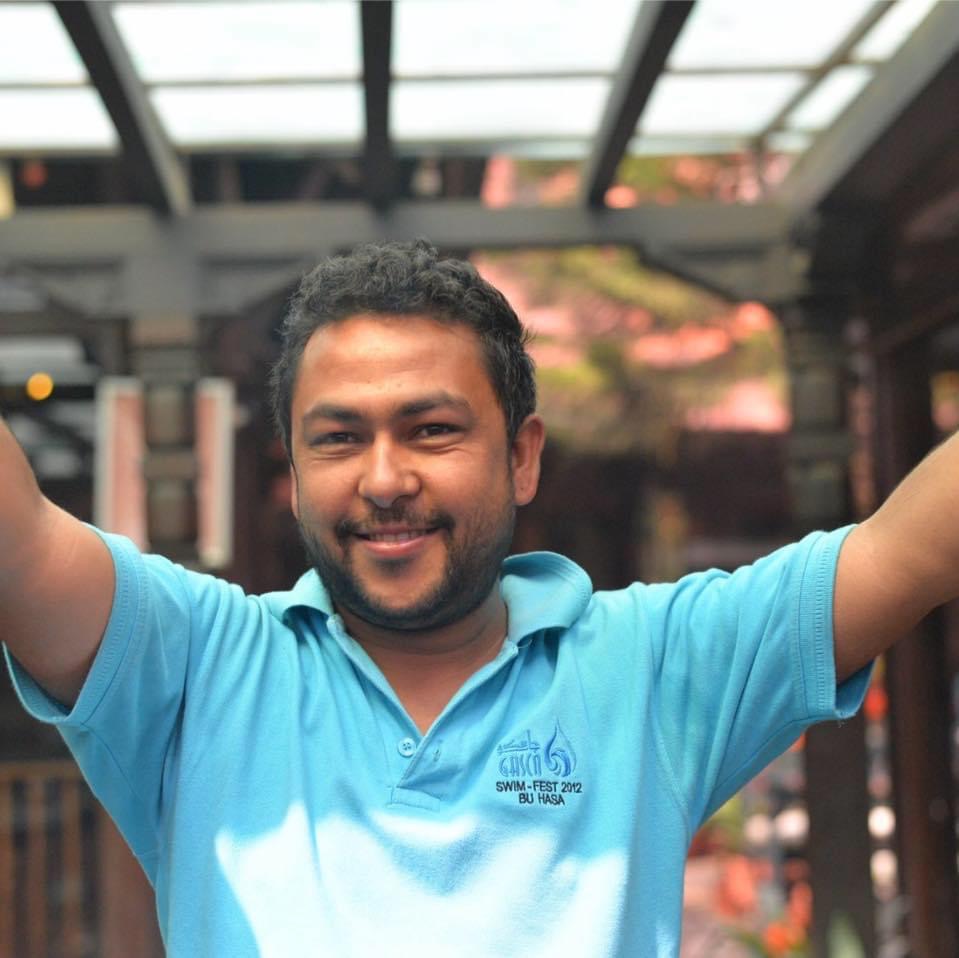 Chris Chhetri
Chris Chhetri